The Beauty Of Biological Concrete
This engineer’s lab is upgrading static architecture with living and regenerating building materials.
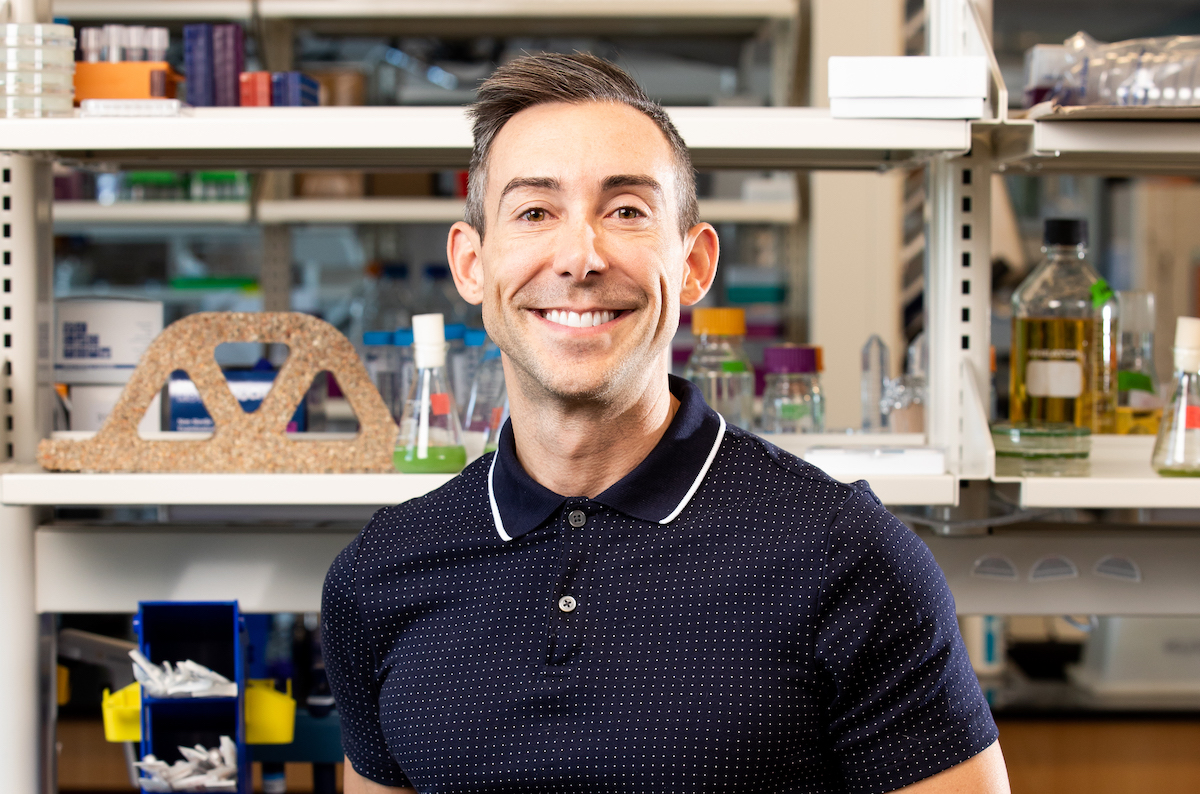
The next time you are walking on a concrete street, take a look under your feet. You may see patches of chalky white, crumbling edges, or a smattering of tiny craters on the surface. The damage is often a result of freezing and thawing of the concrete, where the expansion of frozen water builds pressure inside the material.
“If that pressure has no place to go, it will pop off the surface of concrete,” says Wil Srubar, an assistant professor and materials engineer at the University of Colorado in Boulder, a city where freeze-thaw damage is commonly seen on buildings and streets.
“We really scratched our heads and thought, ‘I wonder how nature deals with freezing temperatures?’” Srubar tells Science Friday in an on-air interview. That kind of question is the basis for many of the studies in his lab. Srubar and his team look to nature’s solutions to infuse life into static buildings and architecture.
In a recent study, Srubar and his team harnessed nature’s methods for handling freezing temperatures to tackle freeze-thaw damage in concrete. Currently, the concrete industry injects tiny air bubbles into the mixture to help alleviate pressure. But there are drawbacks, Srubar explains. The pockets of air lowers the strength and durability. They also act like “super highways” that carry water and ions, such as chlorides, through the concrete, which causes corrosion.
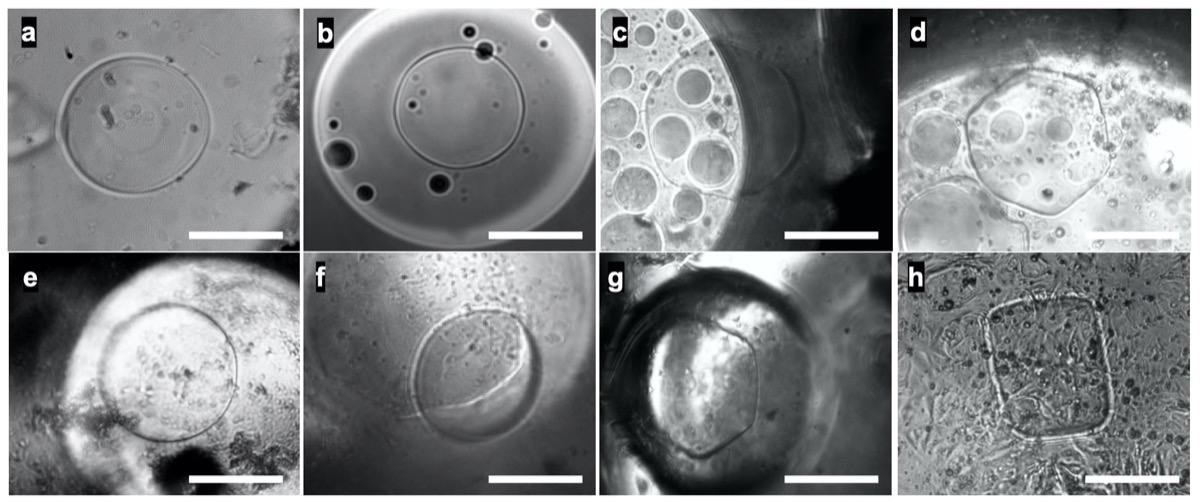
Instead, Srubar looked to antifreeze proteins. These small molecules are found in certain fish, bacteria, insects, and plants and help them live in extremely cold environments. They bind to ice crystals inside the organism, preventing them from freezing solid. However, the intricately folded proteins don’t mix well with the high pH conditions of concrete, explains Srubar. “They like to unfold and even disintegrate at really high pH.”
The team looked to other more stable molecules that can mimic the properties of antifreeze, and used a synthetic biomimetic polymer—one that works similar to the gelatin that makes ice cream smooth. They applied it to a solid ceramic, like concrete, and found that the polymer helped stop the freeze-thaw damage.
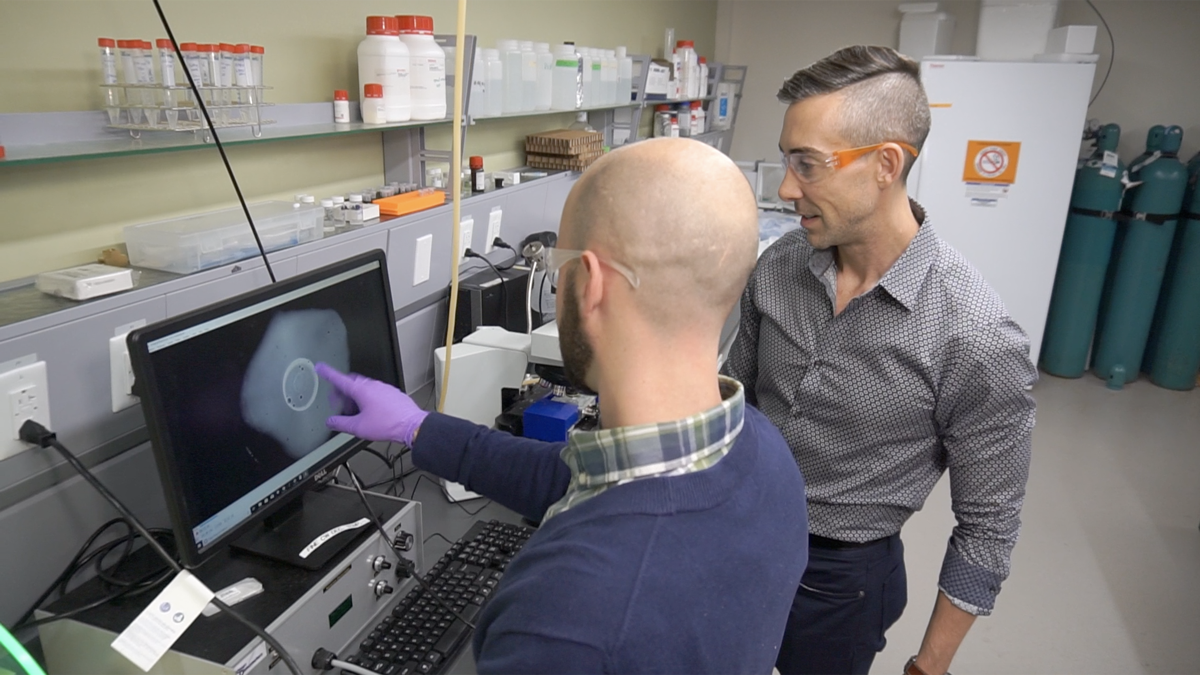
Growing up on a farm outside of Houston, Texas, Srubar had always been fascinated by the architectural feats of concrete on visits to the city. When he began to live in cities as an adult, he started to think more about blending aspects of the natural world with fixed materials as a way to create sustainable options.
“Take Central Park in New York City, where there’s a definitive line as to what is natural and what is human. I really started to question that paradigm,” he says. “I want to be a testbed for different materials that I’d like to see in the building industry.”
Explore more photos of living building materials—from transparent wood to bacteria-infused, regenerating scaffolds.
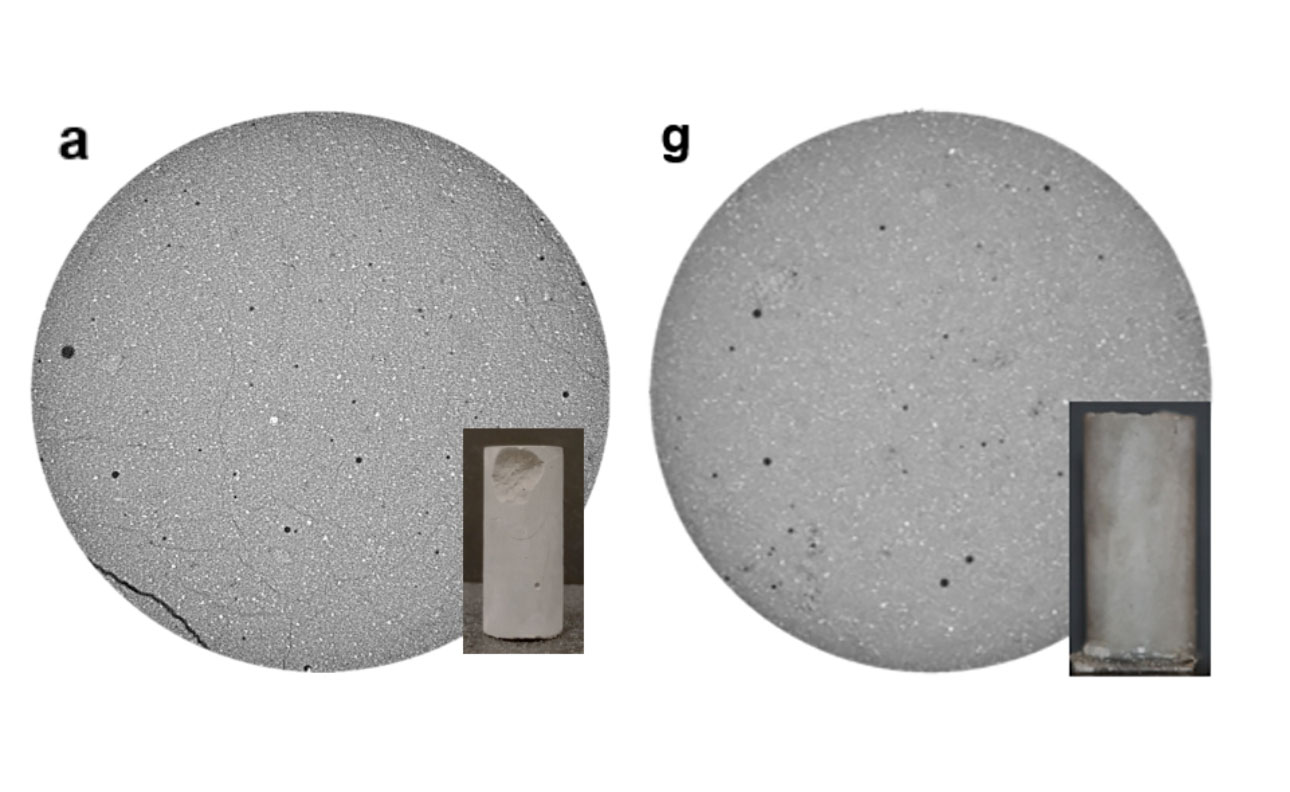
Cross-sectional images of cement paste samples after freeze-thaw cycling. On the left, is cement paste with no antifreeze polymer. The image on the right, shows how the right type and amount of antifreeze polymer resulted in no cracking and no damage after freeze-thaw cycling. Credit: University of Colorado, Boulder
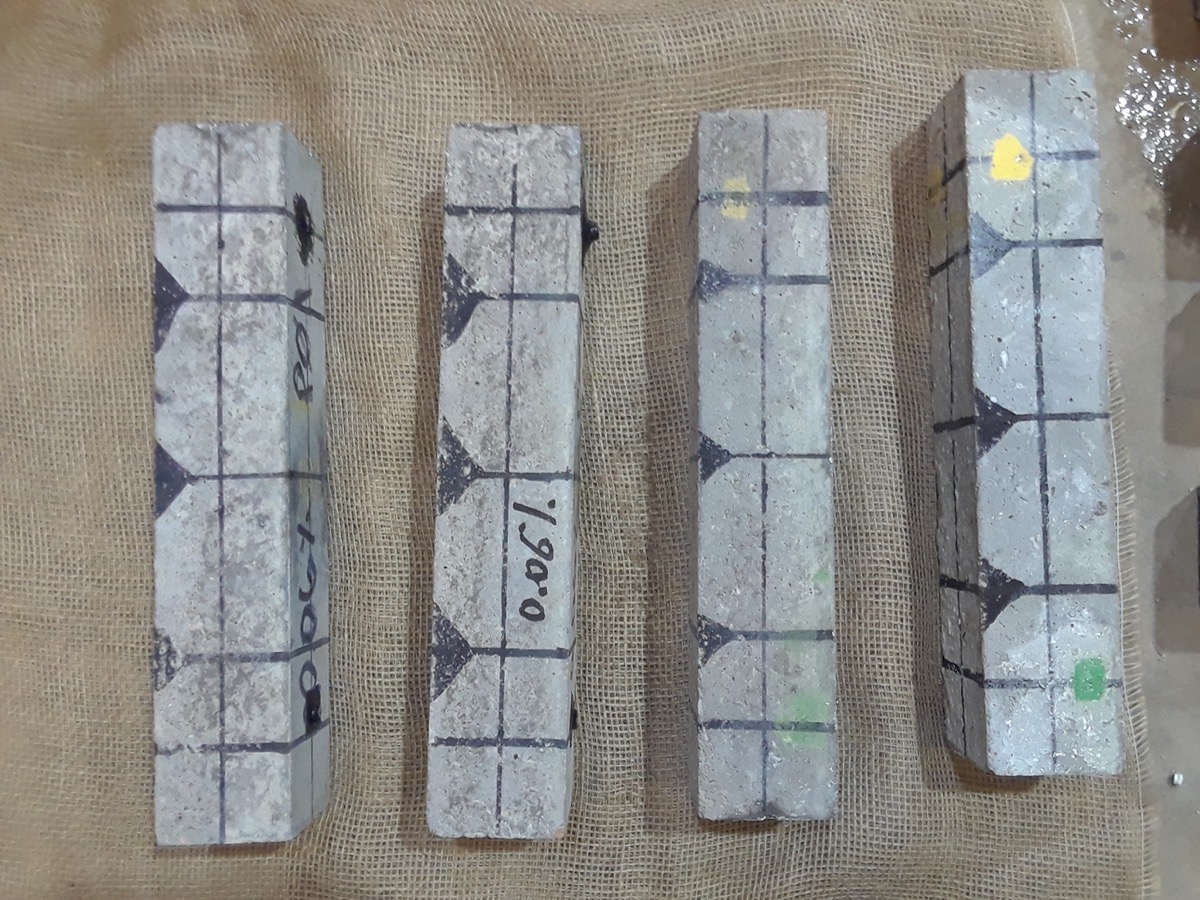
This image shows how concretes with biomimetic antifreeze polymer post-freeze-thaw show no signs of spalling, or flaking. See more living building materials in a Science Friday article. Credit: University of Colorado, Boulder
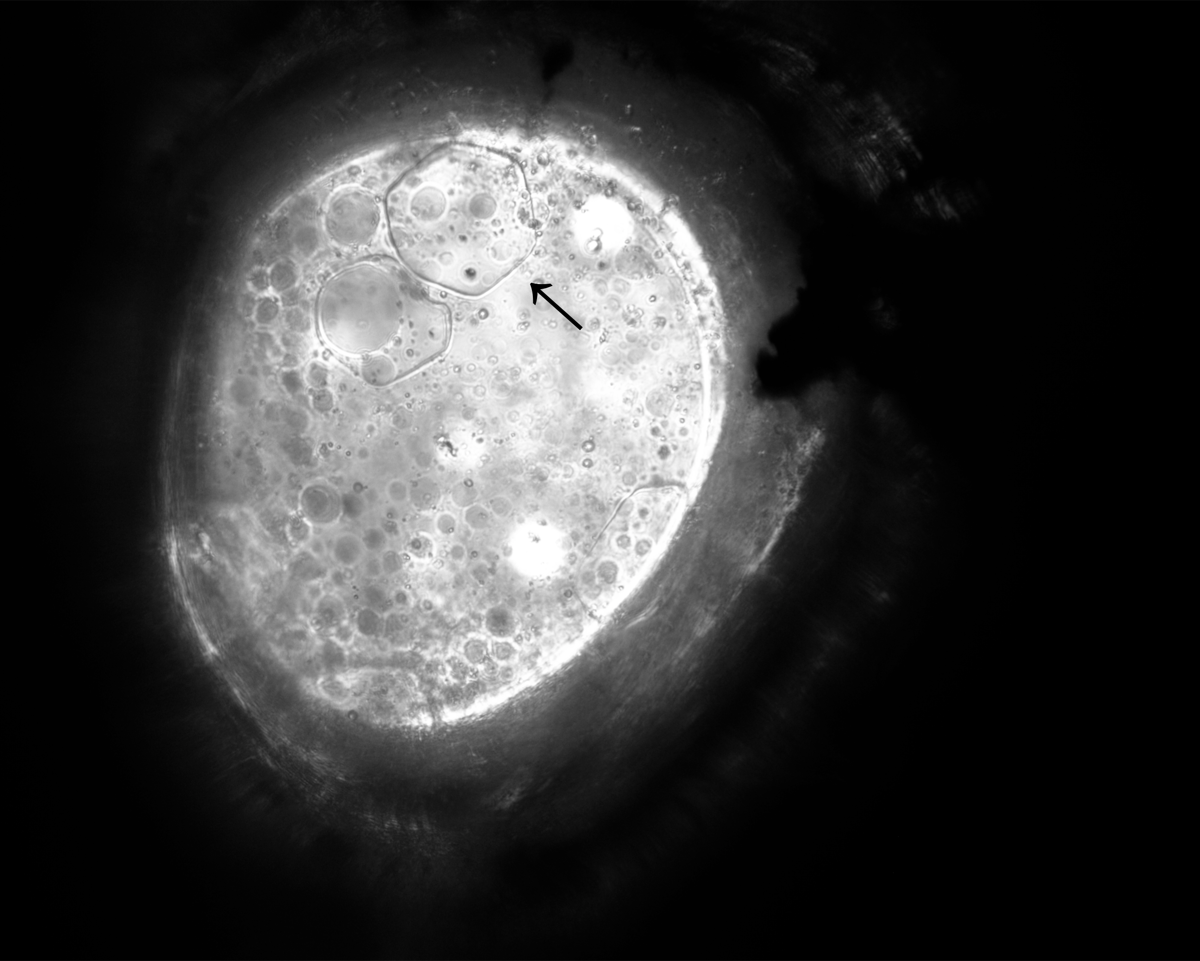
Here, you can see how ice crystals that bind with the polymer molecules experience dynamic ice shaping, changing from a sphere to a rounded hexagon Credit: University of Colorado, Boulder
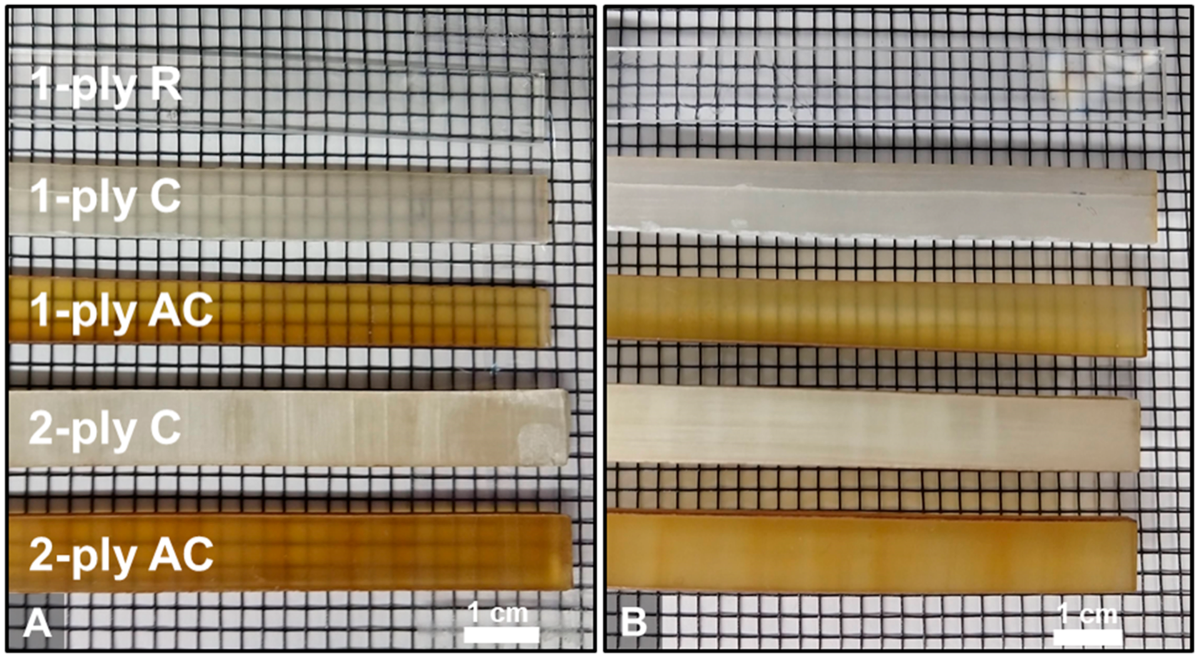
The process of making transparent wood, is "a lot like paper making," says Srubar. The lab chemically removes all the brown lignin from the wood through an oxidation process. After they have the white scaffolding, they fill in the porous structure with a polymer resin that has a refractive index of cellulose—which has the ability for light to pass through. "We're really excited about that because you can start to imagine applications, such as light fixtures inside buildings, or even parts or windows or sunshades," says Srubar. The transparent wood has "a much lower manufacturing energy than say making glass from melting sand." You can read the full study in the journal Materials. Credit: University of Colorado, Boulder
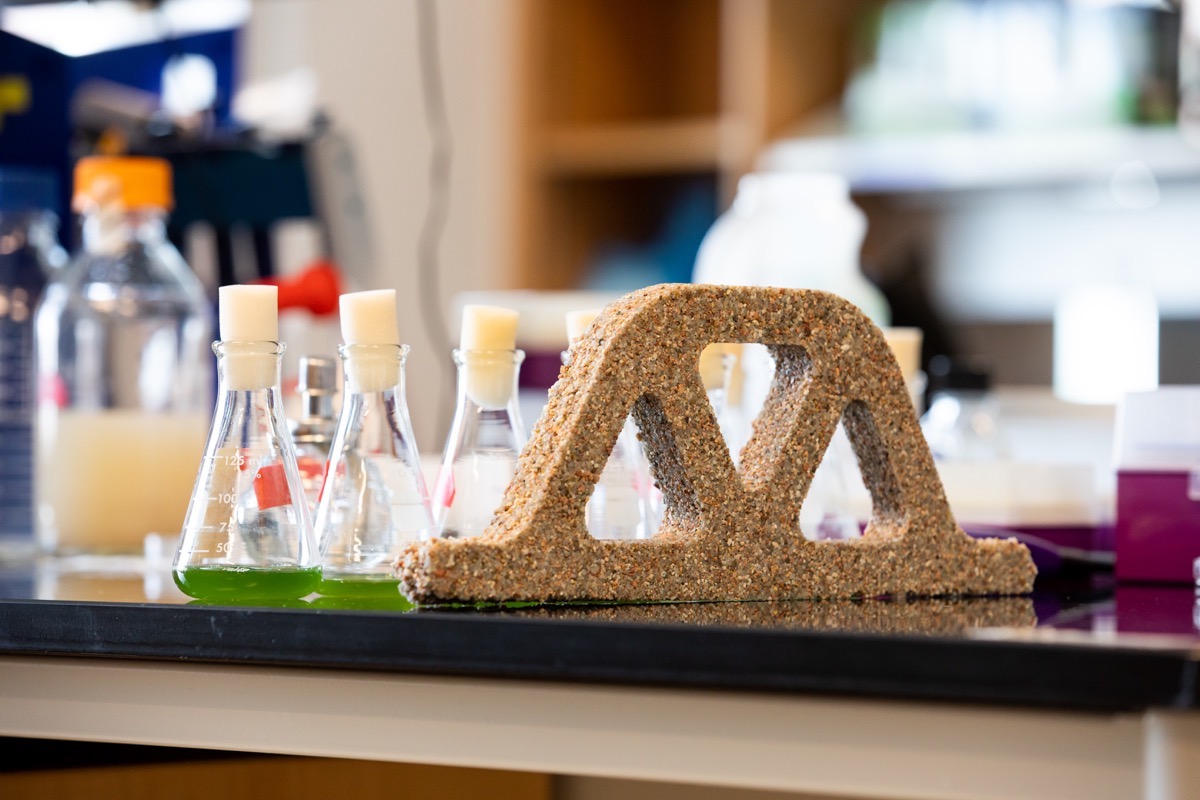
In January, the lab published a paper on biomineralized hydrogel-sand scaffolds made with cyanobacteria. Srubar's team used the bacteria to "toughen" the scaffold. Credit: University of Colorado, Boulder
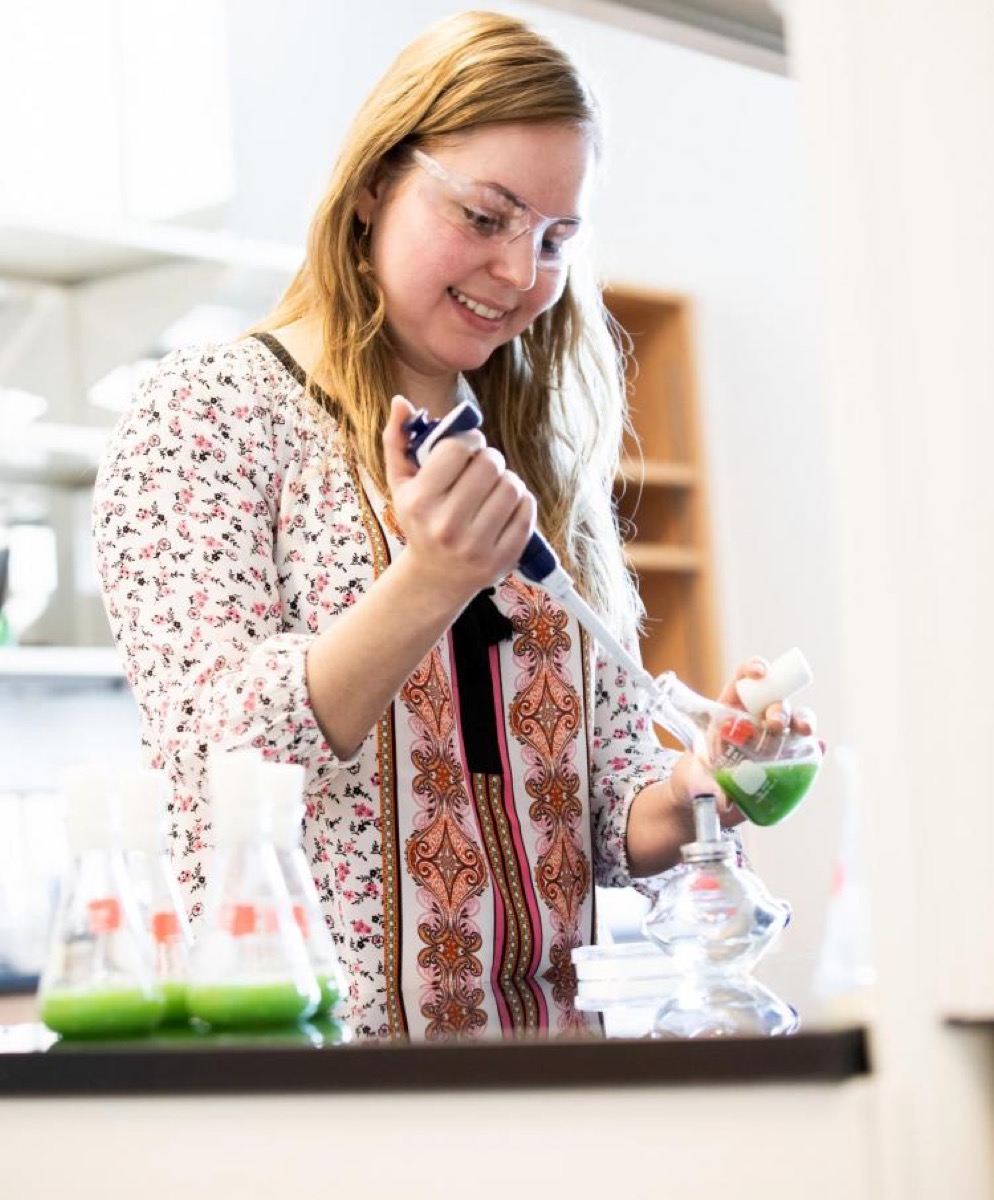
Juliana Artier, a biochemistry postdoctoral researcher, works with the photosynthetic cyanobacteria cultures that the team combines with sand and hydrogel. Credit: University of Colorado, Boulder
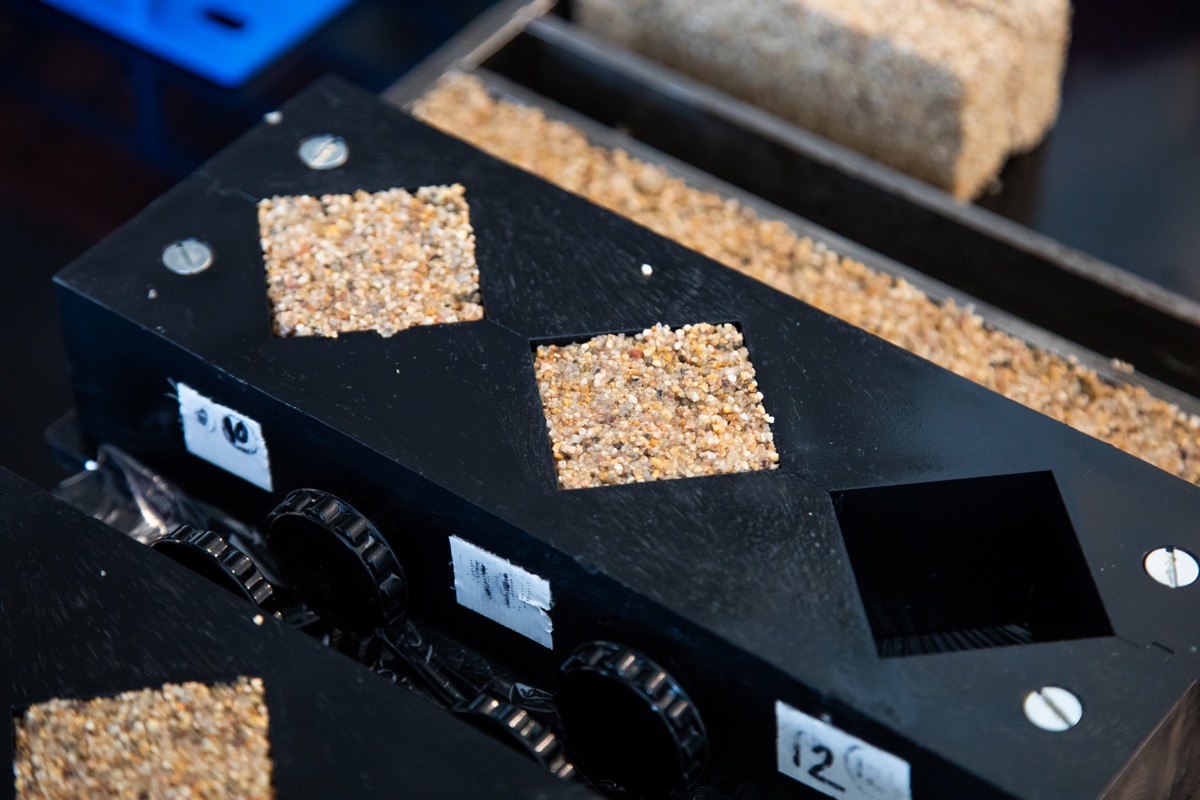
When the bacteria grew in the mixture, it made tiny minerals. "Those biominerals serve as a kind of cement component," Srubar explains. Here, small samples are grown in molds. Credit: University of Colorado, Boulder
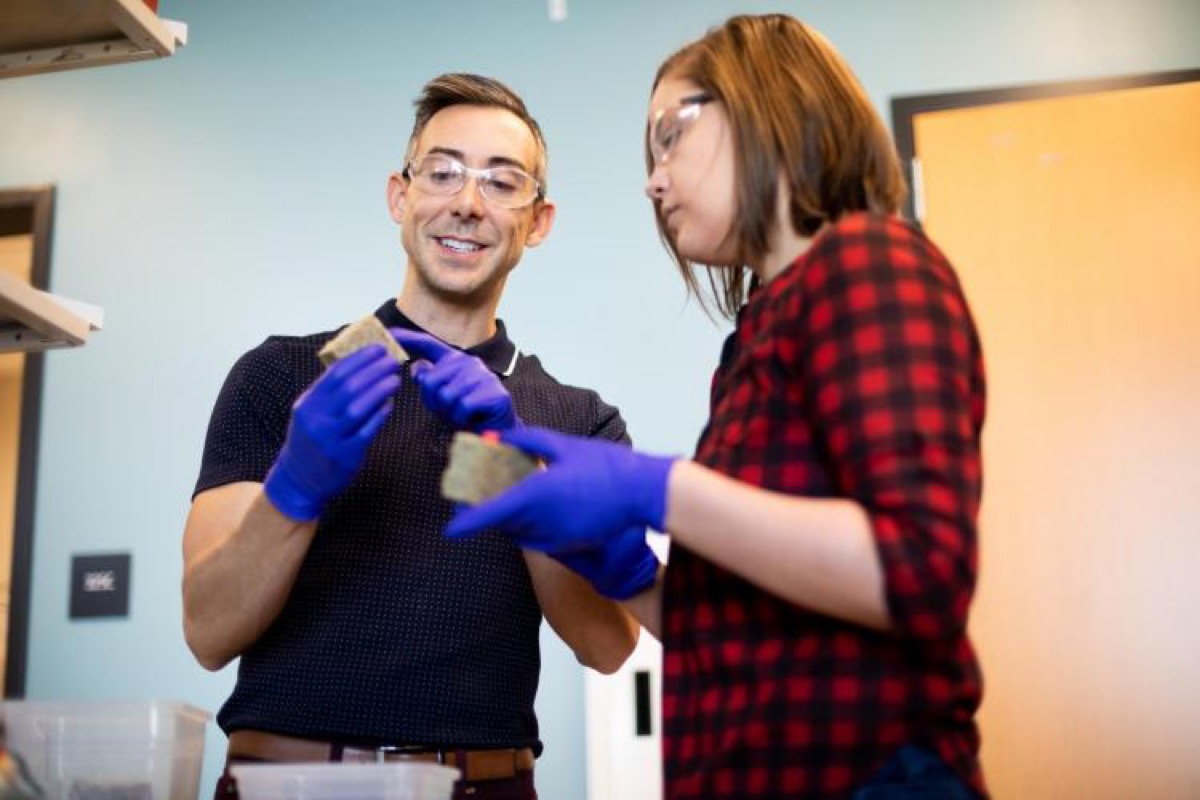
The lab was able to grow three generations of the material, from a single parent. "We showed that we can we can keep the bacteria alive and enable the material itself to regenerate," Srubar says. Srubar and materials science and engineering Ph.D. student, Sarah Williams, examine some of the bricks—just one of many types of sustainable living materials Srubar's lab continues to develop. Read the January paper in the journal Matter. Credit: University of Colorado, Boulder
Invest in quality science journalism by making a donation to Science Friday.
Lauren J. Young was Science Friday’s digital producer. When she’s not shelving books as a library assistant, she’s adding to her impressive Pez dispenser collection.